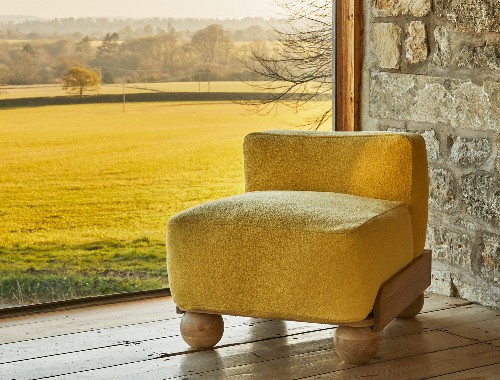The Indian government plans to impose import duties of 5-10 percent on more than 50 products, three people familiar with the matter told media on Monday, Reuters reported.
Commodities such as smartphones, electronic product accessories and household appliances are all listed. Another person familiar with the matter pointed out that the goods to be levied on tariffs also include furniture and electric vehicles.
Downturn economy, increase tariffs to make up for the blow of the epidemic
A government official said that the Indian Ministry of Finance will announce the news when it presents its 2021 fiscal year budget and other economic stimulus measures on February 1. Before the decision is finalized, the above-mentioned tariff increase plan may be adjusted.
This plan to impose tariffs on imported goods is regarded as part of the "self-sufficiency" policy proposed by Indian Prime Minister Modi, and its purpose is to support and promote the development of India's domestic manufacturing industry.
A person familiar with the matter said that the Indian government hopes to add approximately US$2.7 billion to US$2.8 billion in additional tax revenue to the government through the plan to make up for the impact of the new COVID-19 epidemic on India’s domestic economic development. It is reported that in the 2020 fiscal year (April 2020 to March 2021), the Indian economy is expected to decline by 7.7%.
Sword refering to China, India vigorously develops furniture industry
China is the largest import source of Indian furniture. In recent years, more than 50% of India's imported furniture comes from China. According to data released by the General Administration of Customs of China, the total amount of furniture-related products exported from China to India in 2020 will reach 10.3 billion (RMB).
In order to reduce its dependence on imported furniture from China and increase its export value, India has been committed to developing the furniture industry in recent years. In 2020, it will restrict furniture imports through policies such as raising tariffs and modifying quality standards (earlier this year, the Indian government will increase the tariff rate of import furniture from the original 20% to 25%) to promote the “self-reliance” of the Indian furniture industry.
According to previous reports by The Times of India, the Indian government intends to use between 10 billion and 11 billion US dollars to establish 3-4 furniture industry cluster centers near Indian ports. This move is considered to be a sword pointing to the Chinese furniture industry.
Increasing friction, all parties do not support the levy of tariffs
Boycott Chinese products is easier said than done, Indian media reported. Several Indian businessmen have said in interviews that Chinese goods have entered every aspect of Indian life and a halt to imports could paralyze the Indian market.
A few days ago, the Federation of Indian Industries also made a proposal to the government’s 2021 fiscal year budget, stating that tariff rates on imported furniture should be reduced and frequent changes in tax rates should be avoided to help Indian furniture companies provide consumers with affordable products and promote retail and trade industry development.
Some experts pointed out that in the current economic downturn in India, tariffs such as trade frictions are more likely to aggravate economic downside risks. India's GDP growth rate has been declining for three consecutive years. In the first quarter of 2020, the economy contracted sharply by 23.9%, making it the most severely contracted country in the G20. As trade frictions gradually intensify, it is expected to be more affected.


























 沪公网安备31010402003309号
沪公网安备31010402003309号